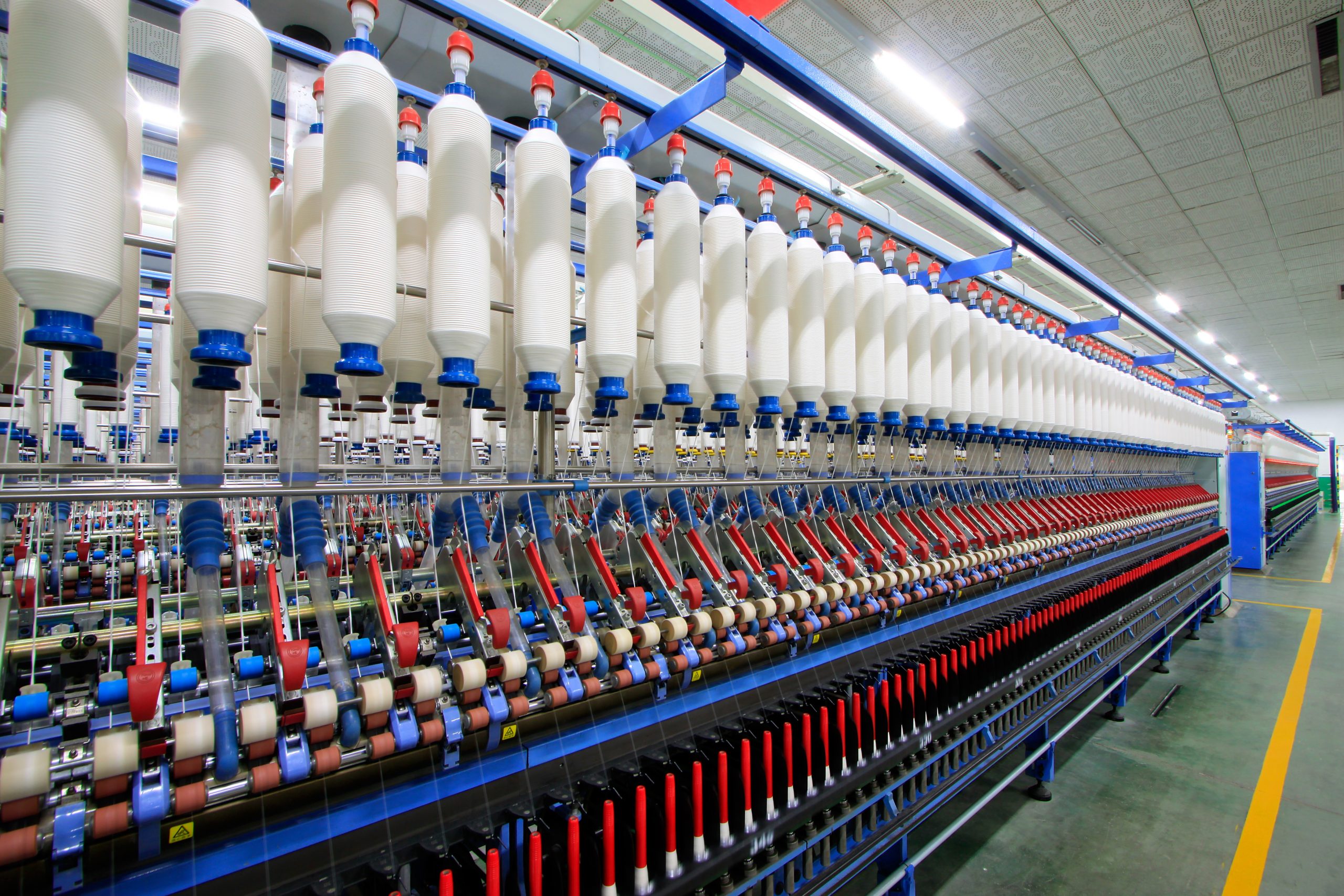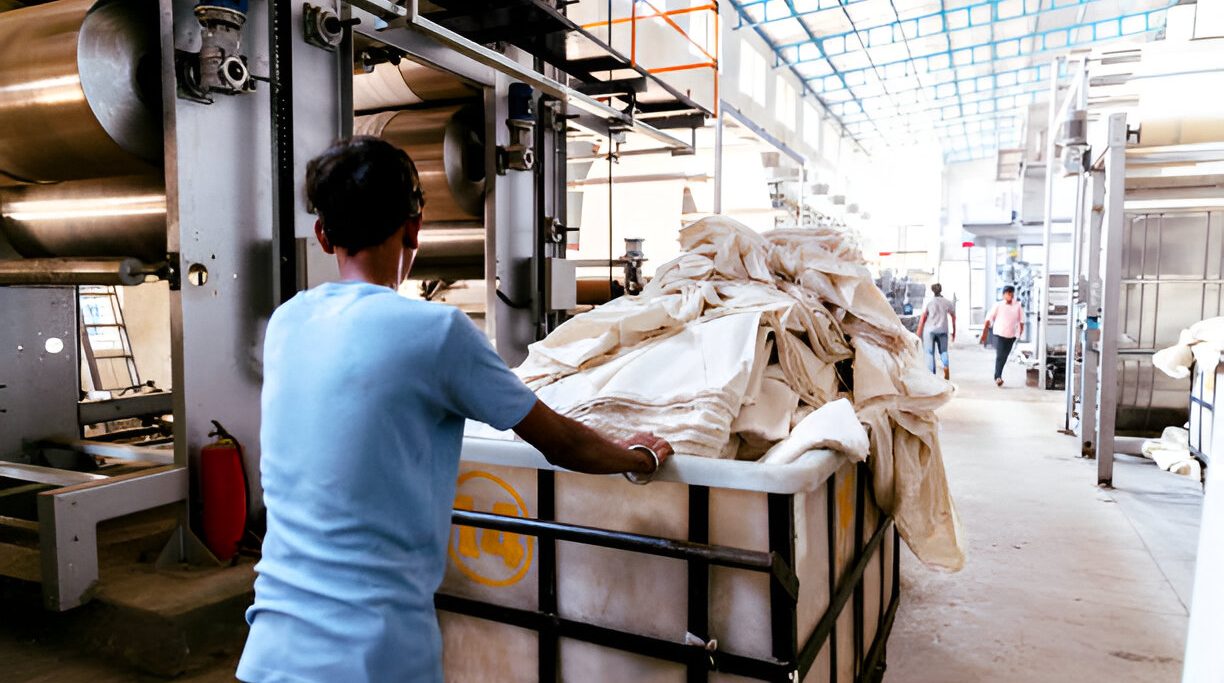The importance of quality control in the clothing manufacturing industry cannot be overstated. Failure to adhere to specific principles can result in a wide range of issues, particularly for a new business.
Cotton Monk values Quality Control as much as anyone and supplies the products in 100% efficiency. As a result, we retain 87% of our customers and they continue to make their clothes with us.
What is Quality Control?
It is a cycle carried out in plants to ensure the highest quality at all stages of material collection.
There are many significant worth control processes, including inspecting materials for flaws and stains, ensuring that colors are correct, and assessing the final product’s strength.
The Quality Control Master will investigate these cycles before implementing the corresponding structure. Clothing, decoration, and wrinkles, as well as sewing, should be large and strong. Furthermore, everything should be the same size and standard.
When should Quality Control take place?
Quality control begins with the very first step of the manufacturing cycle which is sourcing of raw materials. Each process has its set of guidelines to meet and will end with the final inspection of finished products.
The standards of fibre, yarn, fabrics, shades, and final product are used to determine quality.
Why is Quality Control Important in the Clothing Industry?
In the apparel industry, we rely on a strong quality control system to ensure that items are produced within the specified parameters on the first try.
For the following reasons, quality control is required to achieve an adequate level of satisfaction: Design is superb. The approach is stylistic.
How can you tell if a piece of clothing is of high quality?
A product spec sheet is unquestionably a good idea. You must ensure that all the various parts have the proper dimensions, fabrics, and materials. Having clear guidelines will aid you in this endeavor.
Managing the size and fit of garments can be difficult due to the nature of fabrics and textiles. So, how can you ensure that your products are manufactured to your exact specifications? A Tech Pack or spec sheet can assist in ensuring that everything is done correctly.
Suggestions for Measurements
Here are some pointers on how to measure clothing correctly:
- To make measuring easier and more accurate, place the garment on a flat surface.
- Do not stretch your garment in any way during the measurement as it will distort the results.
- Always remove the original dimensions of clothing before putting it on a model or mannequin.
- Finally, take any stretched measurements. Place the measuring tape on the fabric’s surface when taking garment measurements.
- Place the garment openings (for example, sleeve, neck, and leg) so that the seams are not on the side. Make sure the seams are facing inwards.
The Advantages of High Garment Quality Standards
Quality fashion products must be long-lasting. When you put on a quality product, you can tell because of how it was made from start to finish. A high-quality garment will result in repeat customers and buyers who are confident in your supply. Having them return season after season will be the result of good quality management.
Cotton Monk Provides High-Quality Apparel Services
We provide Apparel Quality Services in accordance with the majority of international standards, including:
Visual inspection – ensuring that your product meets or exceeds your expectations, with a focus on colour, style, and materials, in order to ensure market acceptance.
Measurements – Prior to shipping, our well-trained inspection team will inspect your entire shipment to ensure compliance with your measurement specifications, saving you time, money, and goodwill due to returns and lost orders.
Cotton Monk has the systems, processes, and procedures in place to help you meet your expectations and ensure high quality products. Our team is well-versed in the needs of the garment manufacturing industry as well as the most recent fashion trends.We work hard to identify quality issues prior to distribution in order to avoid delays, unexpected costs, and risk to your consumers and brand.



